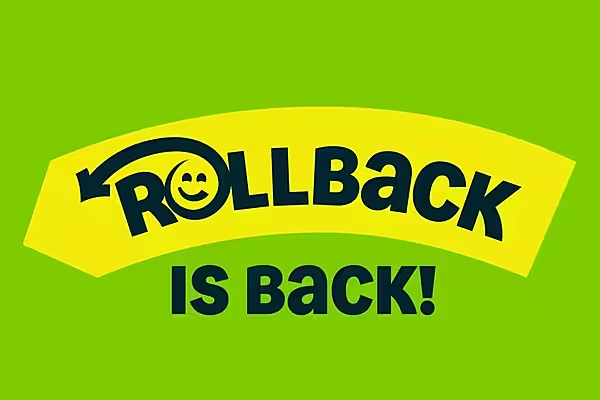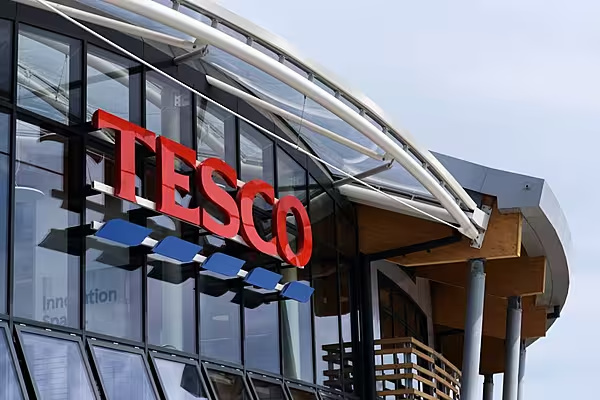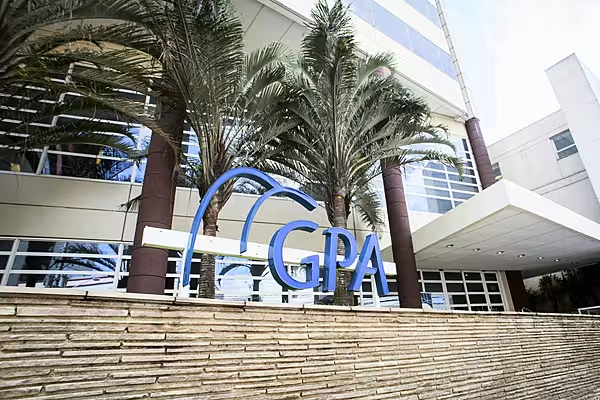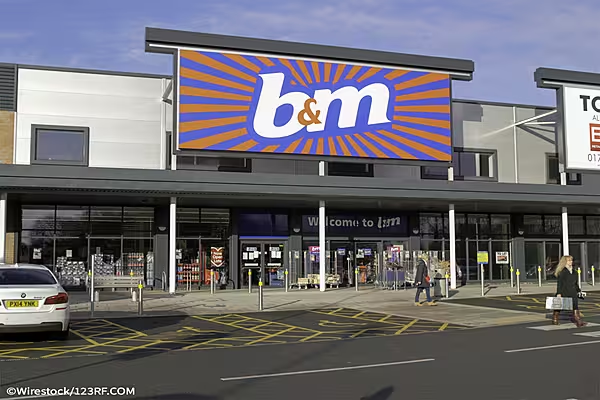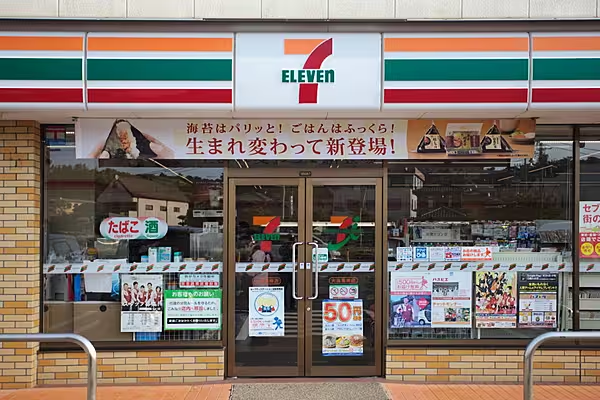Sainsbury's has posted a 2.1% increase in group sales in full-year 2018/19, with underlying profits up by 7.8% for the year.
Commenting on the group's performance, chief executive Mike Coupe said that the firm's increased profits and reduced net debt was “testament to the hard work of colleagues across the business, and I would like to thank them for their commitment during this year of change.”
Here's how leading retail analysts viewed the retailer's performance.
Catherine Shuttleworth, Savvy
“Sainsbury’s trading has been less impressive than they would like, but profits are positive. The proposed merger with Asda [is] clearly a major strategic distraction.
“With the deal now off the table, Sainsbury’s needs [to] set a bold strategic agenda. It’s encouraging to see planned investment in the store estate, with 400 stores set to get a facelift. With [a] 2% increase in sales in Taste The Difference, we also believe Sainsbury’s should focus on supercharging own-label development to strengthen further its quality perceptions – Tesco has made strong developments in own-label over the last two years, and, like all of the grocers, Sainsbury’s faces increasing competition from Aldi and Lidl top-tier brands. Investments in areas of growing interest to the shopper, like plant-based ranges, should also be high up on their agenda, focusing on customer needs.
“Additionally, we see consistently through our shopper research panel that London shoppers are considerably more willing to try new technology. With its London bias, Sainsbury’s is well placed to pioneer in using technology to improve the customer experience, so it will be interesting to see how its checkout-free store trial evolves. With this strong convenience business platform, Sainsbury's has a strategic opportunity to really develop a future-proof strategy for metropolitan shoppers.”
Thomas Brereton, GlobalData
“Promises of long-term gains do little to soothe worries over short-term difficulties. Speculation of an imminent change in leadership is well founded – the combination with Asda was a bold, laudable risk by Mike Coupe, but, following its failure, Sainsbury’s must now do something drastic to demonstrate that it can now stand up and dust itself off.
“Sainsbury’s has laid out its beliefs that differentiation through quality is the key to future success, and securing exclusive, distinctive products to fill its shelves [is] a praiseworthy tactic to haul itself out of the overly competitive mid-market, but shoppers are fickle, and Sainsbury’s will now struggle to recall those that are now happily shopping at Tesco, the discounters, or the premium players. Sainsbury’s has lost out to them all during the period, and the aftershock of a lengthy period of mismanagement will likely continue to reverberate at a store level until Sainsbury’s can prove to customers it has refreshed itself for the better.”
Bruno Monteyene, Bernstein Research
“Full-year retail free cash flow of £461 million [€537 million] was ahead [of] Bernstein estimates by 28% – £361 million [€421 million]. That was driven by lower gross retail capex and cash finance and tax costs, which was somewhat offset by working capital movements. Year-end net debt – company definition – of £1,142 million [€1,331 million] was slightly below our estimated £1,170 million [€1,364 million]. Important new target of £600 million [€699 million] net debt reduction in three years.
“The market had been anticipating materially worse scenarios: price/margin reset, new strategy, possibly new CEO. None of this came to play, the company reiterates its strategy, but with two new emphases: they will focus more on store standards and pricing on commodity products, i.e. daily essentials, but they clearly think this can be done within the strategy and margin structure, rather than requiring a material reset.”
Russ Mould, AJ Bell
“In all fairness, Sainsbury’s results are nowhere near as bad as many people had expected. Despite a backdrop of weak sales flagged by market researcher Kantar and ongoing operational issues with countless examples of stores with empty shelves, the supermarket has delivered full-year results ahead of market forecasts.
“Underlying profits and dividends both growing by 7.8% don’t suggest a business in drastic trouble. If you dig deeper, it says the performance has been partially helped by Argos and reduced interest costs. The supermarket also credits a solid food performance, but there is a sense that the grocery side of its business is still the weakest part of the overall equation.
“If Sainsbury’s can get its grocery proposition back on track, there is hope for it being able to fight back, although the journey won’t be easy.”
Valentina Vitali, Euromonitor International
“The block of the Sainsbury’s-Asda merger is going to preserve the current competitive status of the UK grocery retailing market, leaving Tesco as the market leader, with a 25% market share. If, on the one side, this move is beneficial for competition, on the other, it comes at the disadvantage of consumers. In fact, a merger between Asda and Sainsbury’s would have possibly meant a larger availability of innovative products at relatively low prices.
“While Sainsbury’s will remain competitive on the convenience side, it is likely to fail in satisfying the desire of customers for innovative, premium products at accessible prices. The expansion of Lidl and Aldi in more and more central locations in England – an area where Sainsbury’s has a very strong presence – is likely to erode the retailer’s market share.”
William Hall, Landor
“Today’s results are another sucker punch for Sainsbury’s in what has been a disappointing fortnight for the retailer.
“However, these negative results should come as no surprise. Regardless of the failed merger, Sainsbury’s have seen their brand equity take a hit over the last decade, as discounters Aldi and Lidl looked to squeeze the value end of the market. At the same time, some of Britain’s most-loved supermarkets, such as Waitrose and M&S, have continued to reinforce their premium brand credentials. In brand terms, it’s an increasingly polarised market.
“Sainsbury’s finds itself in the ‘murky middle’, lacking clear distinction and relevance for the modern shopper. The next few months are likely to be an uphill struggle for the brand. It needs to reconnect with its heritage as a company that understands what its traditional customer base want with a clear and focused proposition – saving you money so that you can live better.”
Fiona Cincotta, www.cityindex.co.uk
“Sainsbury's failed bid for Asda may have earned Mike Coupe a lot of criticism, but the Asda deal is at least paying some dividends for him. An improvement in general-merchandise sales in the fourth quarter and better-than-expected cost savings generated by the Asda merger have helped Sainsbury's beat its underlying profit expectations.
“The problem for Coupe is that total quarterly sales for the company, while not falling as far as expected in the fourth quarter, are still falling at an uncomfortable rate.
“Overall, today's better-than-feared profit numbers will provide some small consolation for Coupe after last week's nasty news from the competition regulator, but with the Asda deal now dead and the German discounters continuing to pinch market share, Sainsbury's still looks like it may be in need [of] a strategy reset, and that could come with a change at the top.”
© 2019 European Supermarket Magazine – your source for the latest retail news. Article by Stephen Wynne-Jones. Click subscribe to sign up to ESM: European Supermarket Magazine.



